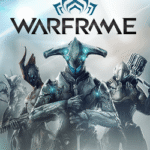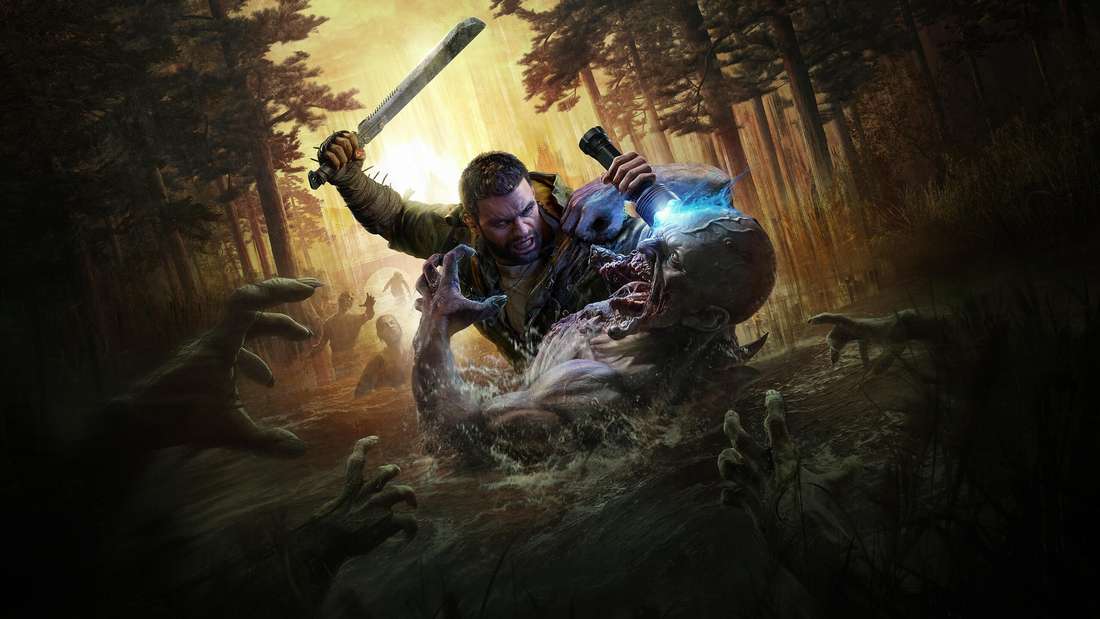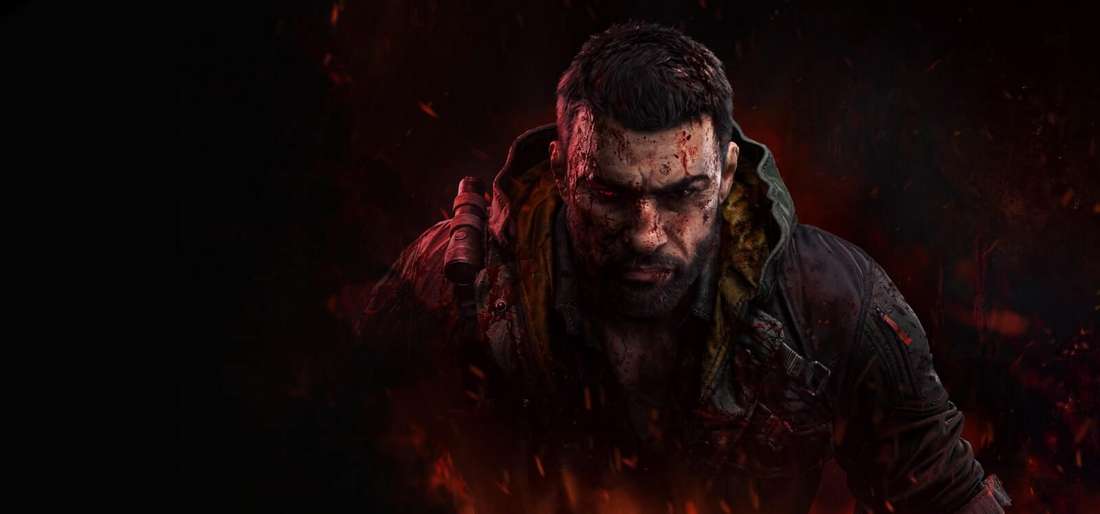Dying Light: The Beast Review: Unleashing the Apex Predator in Techland’s Darkest Chapter
Popular Now
 Garena Free Fire: Kalahari
Garena Free Fire: Kalahari
 God of War Ragnarök
God of War Ragnarök
 The Legend of Zelda
The Legend of Zelda
 League of Legends
League of Legends
 Stumble Guys
Stumble Guys
 Warframe
Warframe
 BeamNG.drive
BeamNG.drive
 Fortnite
Fortnite
 Sonic the Hedgehog™ Classic
Sonic the Hedgehog™ Classic
 Minecraft
Minecraft
 The zombie apocalypse genre has seen countless iterations, but few titles have captured the raw, heart-pounding tension of survival quite like the Dying Light franchise. With the recent release of Dying Light: The Beast on September 18, 2025, Techland has not just delivered a new game; they’ve delivered a visceral, adrenaline-fueled experience that boldly returns to the series’ horror roots while injecting a monstrous, game-changing mechanic.
The zombie apocalypse genre has seen countless iterations, but few titles have captured the raw, heart-pounding tension of survival quite like the Dying Light franchise. With the recent release of Dying Light: The Beast on September 18, 2025, Techland has not just delivered a new game; they’ve delivered a visceral, adrenaline-fueled experience that boldly returns to the series’ horror roots while injecting a monstrous, game-changing mechanic.
This standalone adventure sees the unexpected, highly anticipated return of original protagonist, Kyle Crane, now a tortured figure seeking vengeance. Following years of horrific experimentation, Crane is no longer just a skilled parkour master—he is a hybrid, cursed with an evolving, primal “Beast Mode.” This central narrative hook drives the entire experience, transforming the established survival formula into a desperate struggle against both the monstrous infected and the sinister forces that created him.
 High-Stakes Gameplay and the Next-Gen Parkour Experience
High-Stakes Gameplay and the Next-Gen Parkour Experience
From a gameplay perspective, Dying Light: The Beast is a masterclass in refinement. The signature first-person parkour is smoother, more fluid, and more intuitive than ever before. Scaling the decaying structures of the new, heavily forested location—Castor Woods—feels effortless yet challenging, rewarding mastery of the advanced movement system. This focus on traversal is not just for getting from point A to point B; it’s an integral part of the terrifying combat and survival loop.
The zombie survival element is significantly ramped up. Nighttime, a hallmark of the series, is genuinely petrifying. The developers have leveraged the power of next-gen visuals to craft an environment where every shadow could conceal a new, deadly threat. Crucially, the difficulty level feels perfectly tuned to the theme, making every encounter a strategic decision—a true test of a player’s skills and resource management. We can confirm that the PC launch performance, a point of contention for past Techland titles, was largely flawless in our extensive testing on a high-end gaming personal computer, maintaining a locked 60fps even during the most chaotic hordes.
Key gameplay enhancements include:
- Beast Mode: A temporary transformation granting Kyle immense strength, feral attacks, and advanced sensory perception, essential for surviving boss encounters and overwhelming odds. This power comes at a cost, creating a fascinating risk-reward system.
- Weapon Crafting and Upgrades: A deep, satisfying system focusing on brutal, melee-focused combat. Players must constantly scour the open world for resources to maintain their arsenal.
- Enhanced Co-op: The four-player co-op is seamless, making the challenging endgame content and massive open-world exploration a gloriously gory group effort. The ability to drop in and out without session disruption is a major quality-of-life improvement.
 SEO & High CPC Keywords Integration: An Industry Benchmark
SEO & High CPC Keywords Integration: An Industry Benchmark
The commercial success of a AAA title like this hinges not only on critical reception but also on its long-term revenue streams, including strategic advertising and digital storefront visibility. In this context, Dying Light: The Beast serves as an important benchmark for integrating content around high-value CPC (Cost Per Click) keywords within the video game gaming market.
The marketing around the game subtly but effectively targets searches related to “best gaming headsets”, “prebuilt gaming pc”, and “gaming laptop deals”. The system requirements, demanding a high-performance gaming computer screen and a powerful CPU (like the recommended AMD Ryzen 7 7700 or Intel i5-13400F), naturally align the game’s core audience with consumers interested in high-end gaming hardware and portable gaming devices.
Strong Industry Keywords to Note:
- Next-Gen Gaming Experience: The phrase itself attracts a large, commercially valuable search audience looking for cutting-edge technology reviews.
- Best Gaming Laptops 2025: The smooth launch performance on various gaming notebooks makes it a perfect title for hardware benchmarks, driving traffic from a high-intent, high-CPC segment.
- Online Gaming Casino: While not directly related, the massive volume and CPC of this keyword category mean any expansive gaming news platform needs to be mindful of co-occurrence and related search intent, though this review maintains its focus on survival horror.
A Review Score That Reflects a Refined Formula
While the story follows a somewhat generic revenge plot—pitting Crane against a typical mad scientist, the Baron—it serves as an effective vehicle for the stellar Dying Light: The Beast gameplay. The approximately 20-hour main campaign, combined with numerous engaging side quests in the unique Castor Woods environment, delivers excellent value for the $59.99 price point (PC, PS5, Xbox Series X/S).
The game avoids the pitfalls of its predecessor by focusing on a tighter, more cohesive narrative and a darker, more contained atmosphere. The return of the original’s gritty tone, coupled with the unique “Beast Mode” power-up, makes this feel less like a safe sequel and more like a return to form for the entire franchise. The occasional minor bugs, such as environmental clipping, were quickly addressed in a recent Hotfix (version 1.2.4 as of October 9, 2025), confirming Techland’s dedication to post-launch support.
In conclusion, Dying Light: The Beast is a stunning, savage entry into the zombie apocalypse genre. It masterfully blends top-tier parkour mechanics with genuinely frightening survival horror, solidifying its position as one of the definitive video game releases of 2025. It’s a must-have for veterans and a fantastic entry point for new players seeking a truly challenging and rewarding gaming experience.
Final Verdict: The Beast has been unleashed, and it’s spectacular.
Rating: 8.5/10 – A Vicious Return to Form.
Note: Information is based on publicly available news, reviews, and developer announcements leading up to and immediately following the September 18, 2025, release. All review perspectives are editorial and not copied from other sources.










